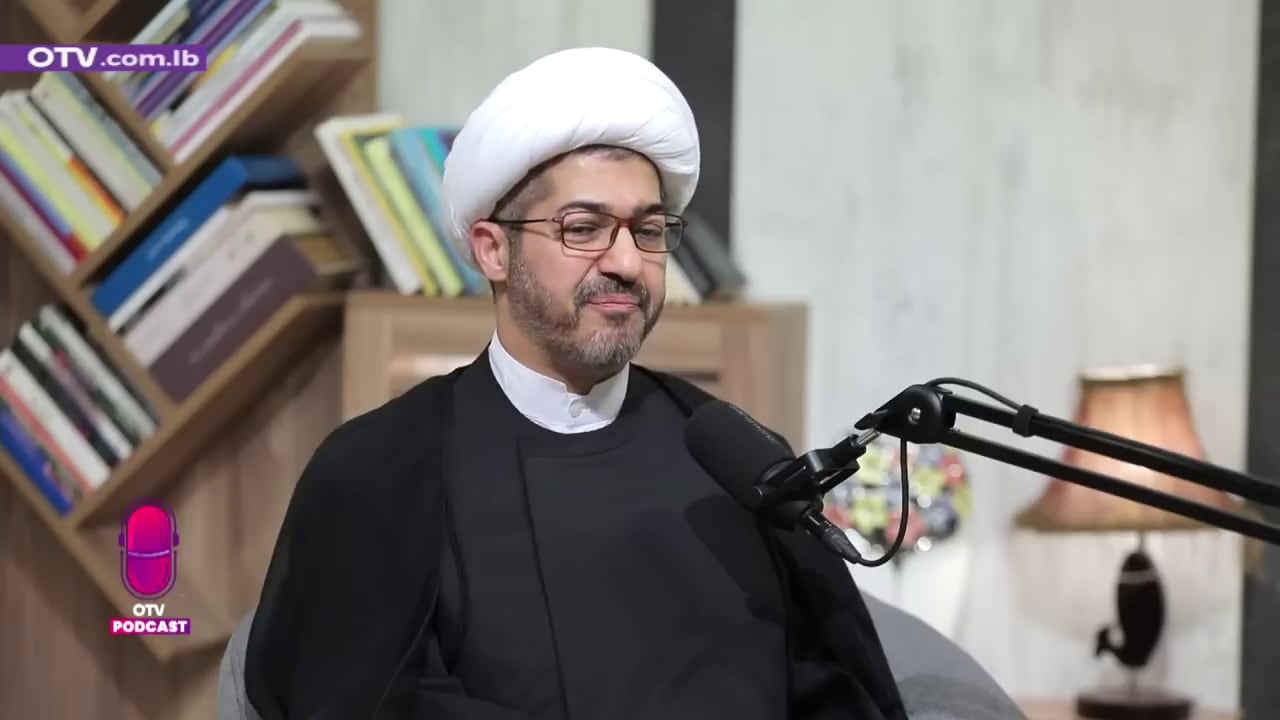
IRGC Aerospace Force Commander General Amir-Ali Hajizadeh said in a February 24, 2023 interview with IRINN TV (Iran) that the American military bases in the Middle East are "meat between [Iran's] teeth" and that the U.S. Navy forces in the Indian Ocean, the Red Sea, and the Mediterranean are worthless because they are within the 2,000-kilometer range of Iran's missiles. He said that these bases and forces are no longer a deterrent and instead constitute a vulnerable target, and he described the strengths of Iran's hypersonic missiles – which he claimed can reach speeds exceeding Mach 10 – and the improvements made to Iran's other missiles. The channel also aired footage of Iran's new Paveh cruise missile. In addition, Hajizadeh said that the January 2020 attack against America's Ayn Al Asad Airbase in Iraq had been Iran's retaliation for the U.S. assassination of IRGC Qods Force Commander General Qasem Soleimani, and he added that former U.S. President Donald Trump, former U.S. Secretary of State Mike Pompeo, former U.S. CENTCOM Commander General Ken McKenzie, and the military commanders who gave the order to assassinate Soleimani should be killed.
IRGC Aerospace Force Commander General Amir-Ali Hajizadeh: "The Americans have some elements that give them an advantage. We have either struck them or rendered them completely ineffective. For example, the American bases in the region are among the elements that give the U.S. an advantage. They have bases in the Persian Gulf and in Iraq, they have used to have them in Afghanistan, and now they have them in Jordan, Saudi Arabia, and other places. These bases used to give the U.S. power, but now they are meat between our teeth. At any moment, we can hit the Americans on the head. These bases no longer give the U.S. strength. They are its weak spots.
[...]
"As you know, the largest air force in the world belongs to the U.S. Navy. When people used to say that this navy is heading towards a certain country's shores, the ruler of that country would be toppled immediately, and everything that the Americans wanted would happen. Okay. What is the situation now? If they want to keep their aircraft carriers and missile boats away from our shores, they will have to take them 700 kilometers from us. If they take them too far, they become ineffective. With the grace of the Lord, [our missiles] now have a range of 2,000 kilometers. This range [has been limited] because we respect the Europeans. I hope the Europeans keep themselves respectable. We can hit the American ships up to a range of 2,000 kilometers. Where does this bring us? Draw a radius from the shores of Iran. You get to the Indian Ocean, the Red Sea, and the Mediterranean. So what is their navy good for? Nothing.
[...]
"[The hypersonic missile] can maneuver outside the atmosphere, and it can move from place to place and in different directions. It has a motor that starts only 300-400 to 500 kilometers from the target, wherever we want. Then it begins to maneuver. The professionals know about this. The Westerners and those in the military who hear what I am saying, know the way that [anti-missile] defense systems work, in general – whether the target is a missile or a plane. Where do you guide your interceptor? To the point where the missile is heading. The interceptor should be there. What is that based on? On the predicted course of the missile. Now, we have denied them the ability to predict this, because the missile turns to another direction at any given moment.
[...]
"I have to tell you that the velocity [of the hypersonic missile] is very high. It surpasses Mach 12 to 13.
[...]
"The weight of our long-range missiles is one-quarter of what is used to be. With one-quarter of the weight..."
Interviewer: "The alloys are different..."
Hajizadeh: "Their effectiveness has improved. If in the past, we had a 24-ton missile for a specific range, this missile now weighs six tons and a bit. They are all precision-strike missiles. We don't produce missiles that are not. The effectiveness of the warheads is 10 times what it used to be. The preparation time, when the launcher is supposed to reach its position, is almost one-sixth or one-seventh of what it used to be.
[...]
"The long-range cruise missile with a range of 1,650 kilometers was added to the missile arsenal of the Islamic Republic. This is the first footage that is aired. In memory of the martyrs of the Kurdistan, this cruise missile is called Paveh, and it reaches the range and altitude I have mentioned. This is the camera that is installed on the cruise missile itself, and you can see it's flight course. This is from the camera installed on the missile. As you can see it flies 40-50 meters above ground.
"The desire to [avenge Soleimani] was already there. The honorable Leader gave the order, our guys answered the call, and we hit [the Ayn Al Asad Airbase]. Some say that there were many casualties there, some say few. If we wanted that night to kill 1,000 of them, we could, but these were wretched soldiers whose killing was not our goal. Inshallah, if we can kill Trump, Pompeo, or (General) McKenzie... It is the military commanders who gave the order that should be killed."













